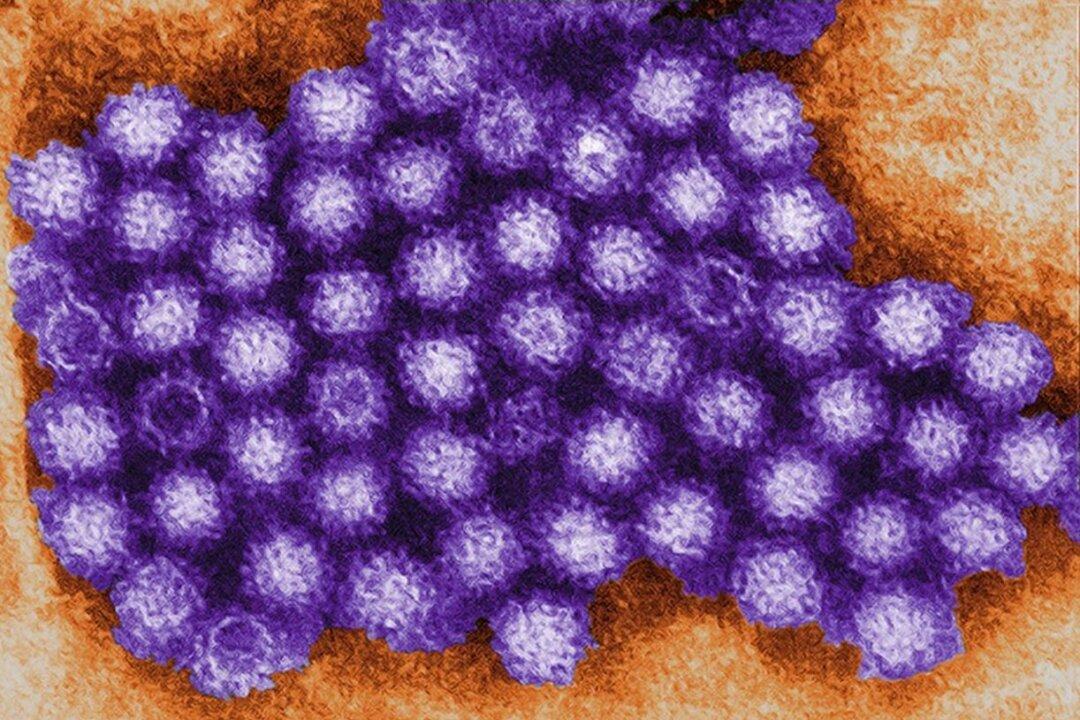Norovirus has been on the rise across the northeastern United States over the past month or so, according to recent data provided by the U.S. Centers for Disease Control and Prevention (CDC).
More than 13 percent of tests for the virus, which is associated with vomiting and diarrhea, came back positive as of mid-February, the most recent CDC data revealed. That’s the highest level in any region of the country.






